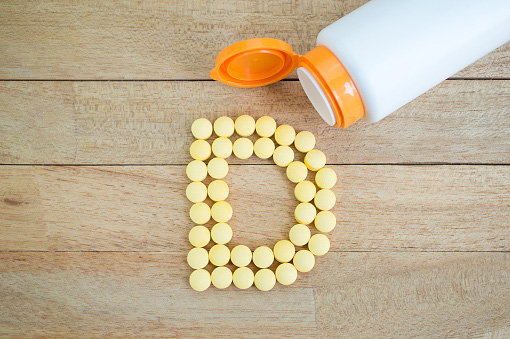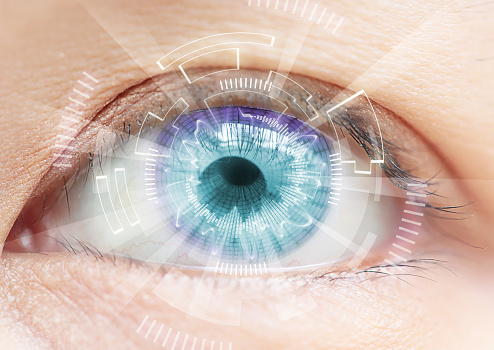
The blockbuster drug Ozempic
May 13th, 2025The blockbuster drug Ozempic is helping those with a desire to be thin, but bad reactions to the weight loss drug are predicted to go up by more than 350 per cent within a year. High-dose users can appear gaunt after rapid weight loss, and ‘Ozempic mouth’ is now a thing.
What is Ozempic?
Ozempic (Semaglutide) is an anti-diabetic, GLP-I agonist, incretin mimetic. It is commonly used to treat type 2 diabetes and lower the risk of a stroke or heart attack. It can lower the risk of kidney function decline, kidney failure or death from cardiovascular disease in people with both type 2 diabetes and chronic kidney disease. Ozempic was approved as a weight loss drug in 2021.
Ozempic improves blood sugar levels in three ways. It stimulates the pancreas, which helps release insulin after you eat. It prevents the liver from releasing stored sugar, and it slows down the movement of food in the body. The drug mimics a hormone that regulates appetite and blood sugar levels, it slows down digestion, making you feel fuller for longer, reduces cravings and calorie intake. Your brain believes you are full up. The Ozempic injection doses come in 0.25mg, 0.5mg, 1mg and 2mg in pre-filled pens.
Prolonged usage and high-dose users.
‘Ozempic mouth’ is something that cosmetic experts are seeing. Dr Michele Green, a New York-based cosmetic dermatologist, explained that Ozempic mouth is something she is seeing among many of her clients using the drug. She said, “Many users of Ozempic, who I know, report noticeable volume loss in the face, which can result in the formation of fine lines, wrinkles, sagging skin and jowls around the mouth. This volume loss can also worsen the appearance of existing fine lines, wrinkles and skin laxity, contributing to a more aged smile and overall look.”
For users who take the higher doses of Ozempic, they lose weight rapidly, creating deep folds in the corners of the mouth, increased vertical wrinkles on the lips, sagging skin around the borders of the lips and drooping skin around the chin. Dr Green says she has an increasing number of patients asking about dermal fillers around the mouth to help restore lost volume. She recommends that users consult their doctor about adjusting the medication dosage to prioritise gradual weight loss rather than rapid weight loss.
Reactions to the weight loss drug are predicted to go up by more than 350 per cent within a year.
Recently, the reactions and side effects of taking Ozempic have been the topic of conversations on radio and TV shows. Common side effects are nausea, vomiting, diarrhoea, stomach pain and constipation, but other conditions are now associated with the drug.
Whilst Ozempic is taken to treat type 2 diabetes and lower the risk of a stroke, heart attack, kidney function decline, kidney failure or death from cardiovascular disease in people with both type 2 diabetes and chronic kidney disease, it can have a reverse effect in some cases.
Conditions include:
- Pancreatitis
Pancreatitis is inflammation of the pancreas. Symptoms include vomiting or severe pain in the upper part of the belly and back
- Low blood sugar levels (hypoglycemia)
Ozempic could cause low blood sugar levels. A diabetic user needs to check their blood sugar levels more often
- Thyroid tumours
The drug could cause tumours, including medullary thyroid carcinoma. Symptoms are swelling in the neck, trouble swallowing, shortness of breath or hoarseness
- Vision changes
Vision changes can be experienced, including the development of a condition called diabetic retinopathy
- Kidney damage
Kidney damage can occur, especially when experiencing nausea, vomiting or diarrhoea that can lead to dehydration
- Severe stomach problems
Ozempic can cause severe stomach problems, including pain, cramps and bloating
- Gallbladder problems
The drug can cause gallbladder problems such as cholecystitis and cholelithiasis, also known as gallstones
Other listed symptoms associated with the drug are:
- Breathing problems
- Wheezing
- Racing heart
- Fever or general ill feeling
- Swollen lymph nodes
- Swelling in the face, lips, mouth, tongue or throat
- Throat tightness and trouble swallowing
- Itching
- Skin rash
- Pale red bumps (hives)
- Dizziness
- Joint pain
Advice for using Ozempic.
Speak to your doctor before you decide to take the drug. Advise your doctor if you have gastroparesis, pancreatitis, kidney problems, vision problems, low blood sugar levels or upcoming digestive surgery. Also, if you are pregnant, breastfeeding and taking other medications or supplements. Read the instructions given with the dosage injection pens and take Ozempic on the same day of each week. Drink plenty of water to prevent dehydration.
As an alternative to taking Ozempic, we recommend our natural product, Green coffee bean extract. It burns both sugar and fat and slowly releases sugar into the bloodstream. It preserves natural antioxidants, decreases plasma leptin levels, decreases waist circumference levels and BMI.
References
https://www.webmd.com/drugs/2/drug-174491/ozempic-subcutaneous/details








